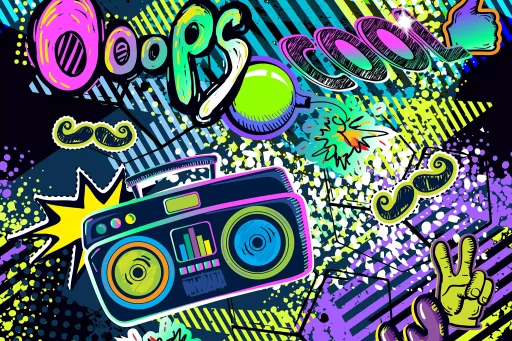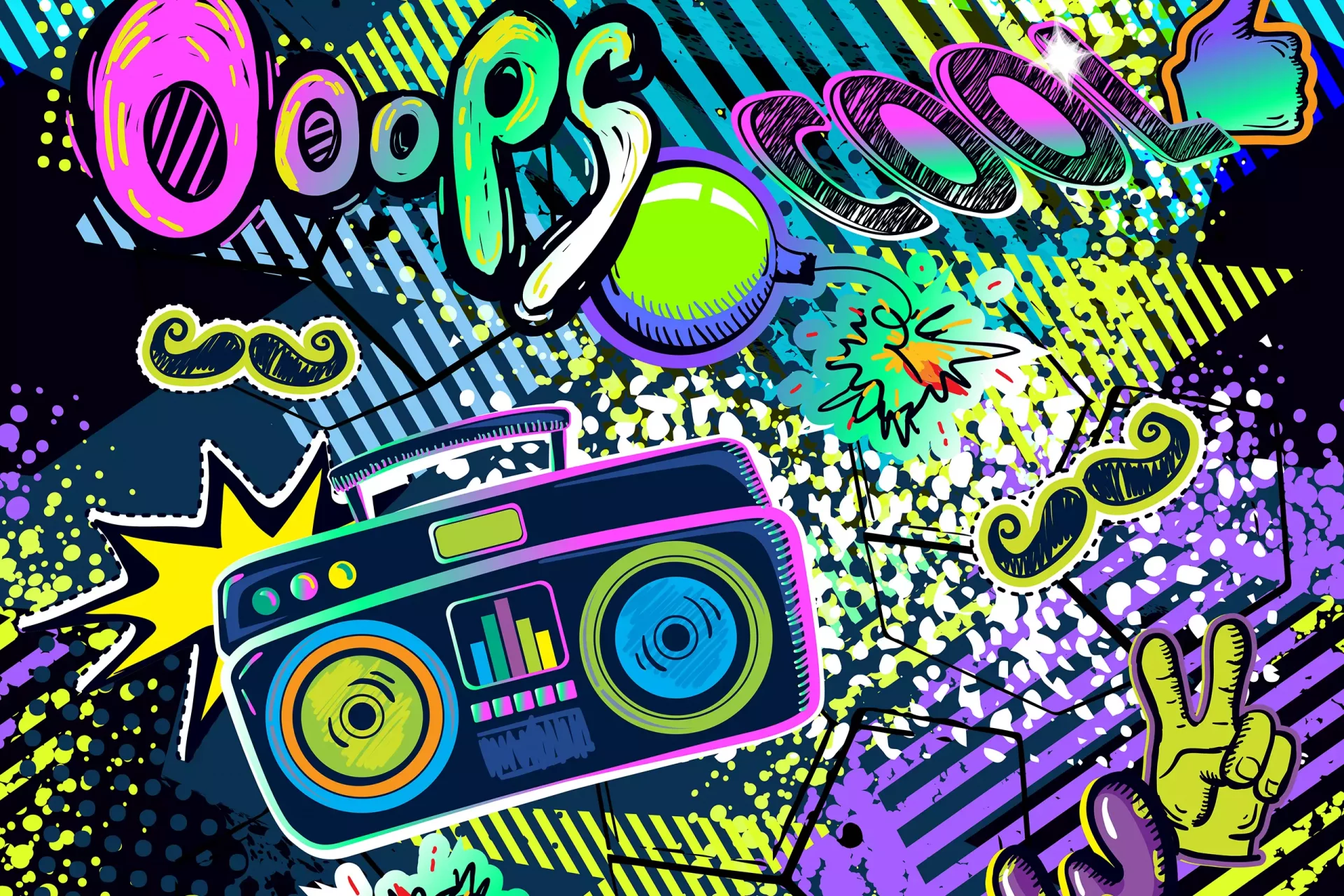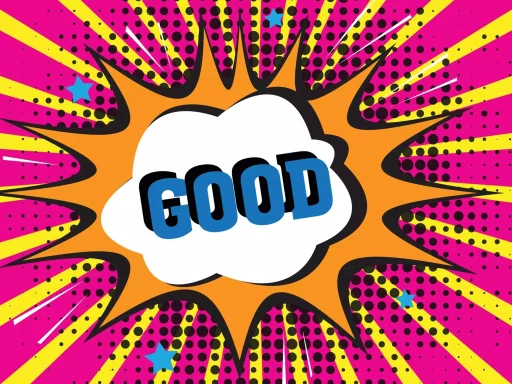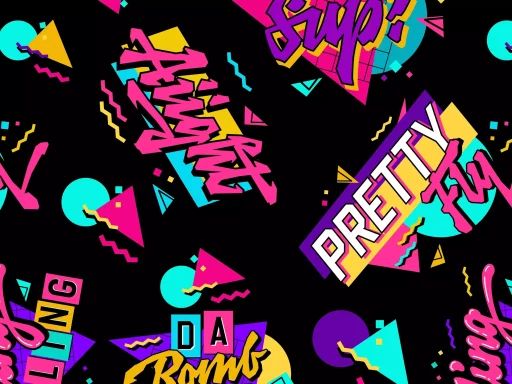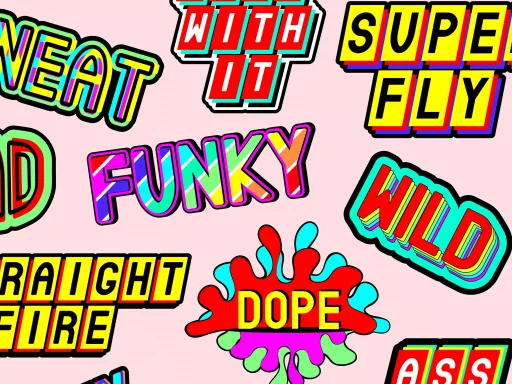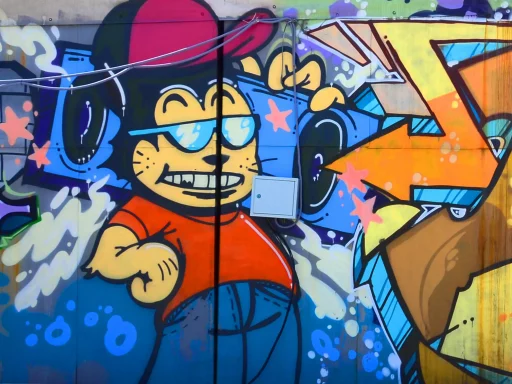Introduction
Yiddish slang is a vibrant aspect of Jewish culture, carrying with it centuries of history, humor, and a unique worldview. Evolving from the blend of German, Hebrew, Aramaic, and several Slavic languages, Yiddish has contributed an array of colorful expressions that enrich the vernacular of those familiar with them. This article delves into the fascinating world of Yiddish slang, exploring its origins, popular expressions, and its continued relevance today.
The Origins of Yiddish Slang
The Yiddish language originated in the 9th century among the Ashkenazi Jews of Central and Eastern Europe. It began as a Germanic language infused with Hebrew and Slavic languages and has since developed a vibrant lexicon, particularly within the realm of slang. Yiddish slang often reflects the values, humor, and struggles of the Jewish community.
Yiddish-speaking communities flourished in countries like Poland, Russia, and the United States, especially during the late 19th and early 20th centuries. As these communities migrated, so did their language and expressions, leading Yiddish slang to permeate American culture.
Popular Yiddish Slang Expressions
Yiddish slang is characterized by its expressive nature. Here are some popular expressions:
- Schlep: To carry something heavy or to drag oneself. Example: “I had to schlep this heavy bag all the way from the train station!”
- Meshuggah: Crazy or insane. Example: “That idea is totally meshuggah!”
- Nosh: To snack or eat a small amount of food. Example: “I’m going to nosh on some deli until dinner.”
- Chutzpah: Audacity or nerve. Example: “She had the chutzpah to ask for a raise after her first week on the job!”
- Plotz: To explode, often used for expressing frustration or disbelief. Example: “I could plotz from all this stress!”
The Cultural Impact of Yiddish Slang
Yiddish slang transcends linguistic barriers, appearing in literature, film, and everyday conversation. Writers like Sholem Aleichem and Isaac Bashevis Singer infused Yiddish expressions into their works, preserving both their meaning and cultural significance.
In popular media, shows like Seinfeld and The Marvelous Mrs. Maisel have revitalized interest in Yiddish slang, introducing younger audiences to its wit and charm. The prevalence of Yiddish phrases in such shows has sparked a renaissance of interest in Jewish culture and language.
Statistics and Demographics
A survey conducted by the American Jewish Committee in 2020 revealed that:
- About 30% of American Jews identified as Yiddish speakers to some extent.
- Among younger adults (ages 18-34), interest in learning Yiddish has increased by 50% over the past decade.
- Approximately 70% of participants felt that understanding Yiddish slang enriched their connection to Jewish culture.
These statistics highlight the significance of Yiddish in maintaining cultural identity and its continued relevance among younger generations.
Case Studies: Yiddish Slang in Contemporary Usage
To better understand how Yiddish slang manifests in modern contexts, consider two case studies:
- Case Study 1: Urban Synagogue
A congregation in New York City incorporates Yiddish slang into their community events. Their ‘Schmooze Shabbat’ promotes social interaction, encouraging members to share stories highlighting their unique blend of cultures. Attendees often sprinkle Yiddish phrases into their conversations, demonstrating the living presence of the language. - Case Study 2: College Campus
At several universities, Yiddish language clubs are gaining popularity. Students from diverse backgrounds learn Yiddish slang as part of cultural exchange programs. Here, Yiddish slang becomes a bridge to understanding Jewish humor and cultural nuances, fostering inclusivity and companionship.
The Future of Yiddish Slang
The future of Yiddish slang appears promising as interest in heritage languages continues to grow. With online platforms and social media, younger generations are more exposed to Yiddish expressions than ever.
Language classes, workshops, and cultural festivals celebrating Yiddish arts are becoming increasingly popular. As people recognize the cultural richness inherent in Yiddish slang, its survival and evolution remain secure in the modern world.
Conclusion
Yiddish slang is more than amusing phrases; it’s a portal to a rich heritage filled with warmth, humor, and resilience. As society continues to embrace diversity, the colorful expressions of Yiddish slang will undoubtedly play an integral role in highlighting the vibrant Jewish experience. By keeping this charming language alive, we preserve not just words, but the stories and traditions of a people.
